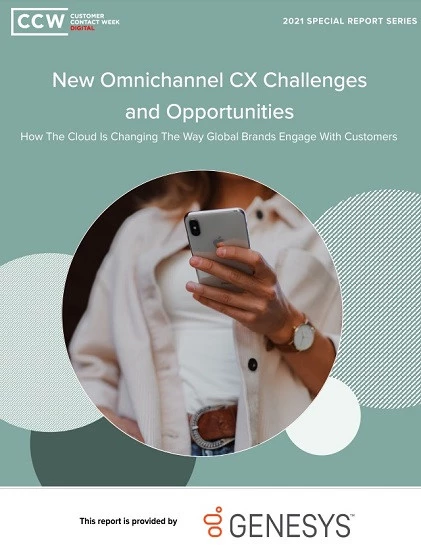4 Steps to Super Charge Your Contact Center with Social Media
Add bookmarkIt’s just not enough to respond to your inbound calls; you need to be involved and manage what happens on the Internet outside your office walls. Any organization can benefit from these 4 easy steps for integrating social media into the contact center. Let’s get started!
1. Listen: Monitor mentions of your brand, product and competitors
You’ve heard this one in every single social media conference that you’ve attended; you need to monitor your brand. But how on earth do you get started?
Whilst there are a plethora of various tools that set out to do magic for your brand monitoring, I suggest you to start out FREE. Yes, Google Alerts will take you a long way. When that is no longer sufficient for your monitoring needs, there are countless commercial tools available that can deliver a deeper, more comprehensive monitoring experience.
But investing in the right tools is the easy part. Who in your organization will be responsible for the actual monitoring? Your social media manager, your customer service department, your product team?
[eventPDF]
My answer: all of them.
Setup a process where customer service monitors the social web as a part of its daily routine and assesses any brand or product mentions accordingly. The various units will all have a hand in the reply, and that process begins with step two: analyzing your data.
2. Analyze: What opportunities or threats does your monitoring data present?
It may be that your monitoring results return absolutely zero mentions. If that’s the case, you may be better off searching for your competitors to get an idea of where to start your content production. Somewhere down that line, you should get one or a few ideas of content that can support the discussions in your industry.
If you’re a bigger player with a vibrant community, you’re likely to face threats in shape of public customer complaints but also opportunities to increase both your sales frequency and yield.
List and categorize your monitoring data and work, delivering concrete actions that your organization can take to either solve the threats or harness the opportunities. Regardless of what department you sit in, take off your department hat and see how this can benefit the organization as whole.
3. Engage: Deliver value to your community
Regardless if you’re working with owned, earned or paid media, you want to deliver value to your audience. With paid media, your budget will find the eye-balls, but with your earned media, you need to work hard for the attention.
Your recently analyzed data will tell you what you need to deliver. This may come in shape of Customer service outreach on Twitter, video tutorials on how to use your products, webinars with industry experts teaching you something, downloadable E-books on specific topics, polls, top-lists, customer interviews, and so on. These are your concrete tactics, your programs.
Most often, these programs need some kind of collaboration between department silos to be successful. It far too obvious when an isolated sales department has been given the task of running a "social media program" for an organization; your Tweets asking me to buy your product make me yawn!
It’s OK to sell (or else you’d be out of business pretty soon), but you need to understand who your prospects are and not just spray and pray your message while chasing high social media reach metrics.
4. Evaluate: This is a process, start from the beginning and do it again
Was your engagement effective? Did the community respond well? Does it seem like it’s actually supporting the business objectivesyou set out for your social media program?
Each department stakeholder in your program will want to understand how this is benefiting them. Can you show the increased reach and brand awareness to your PR department? Is there a reduced cost in deflected inbound calls to show to Customer Support? Did marketing see increased yield or frequency in buys or even new customer acquisitions? Did product management improve the offering based on the community’s feedback?
Even the most advanced social media programs are not there yet, but as the trend for customer oriented organizations grows, this is where we’re likely to see the mass heading. Not organizing your company around your customers, when that is what the Internet is doing with your customers, is setting yourself up for failure.
Find these insights helpful? Learn how to ready your contact center agents for customer communication in a digital age at the 6th Annual Call Centre Canada!












